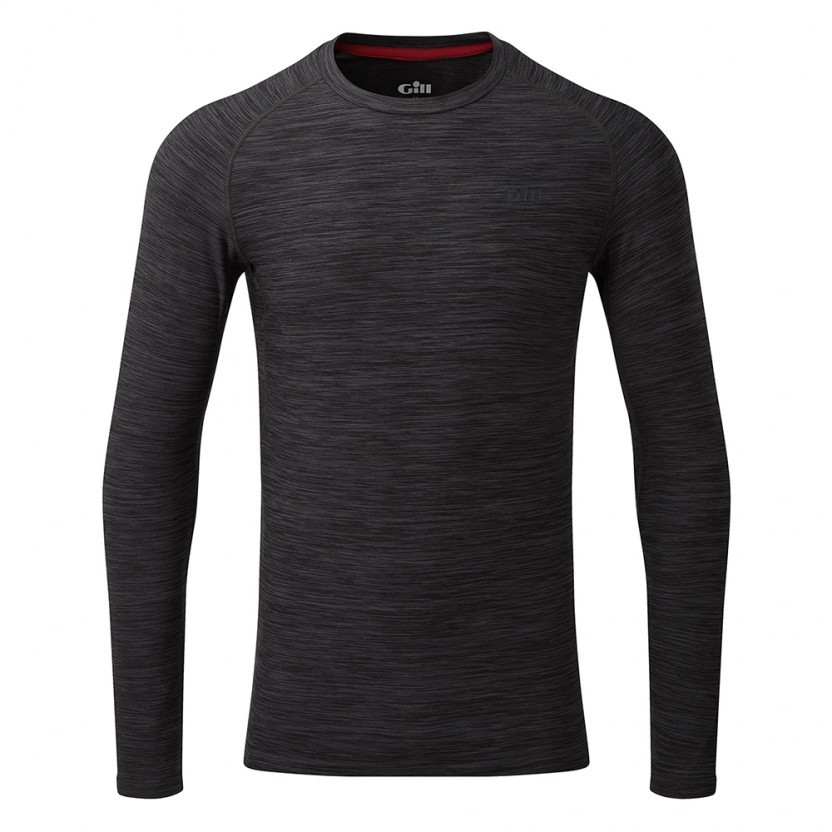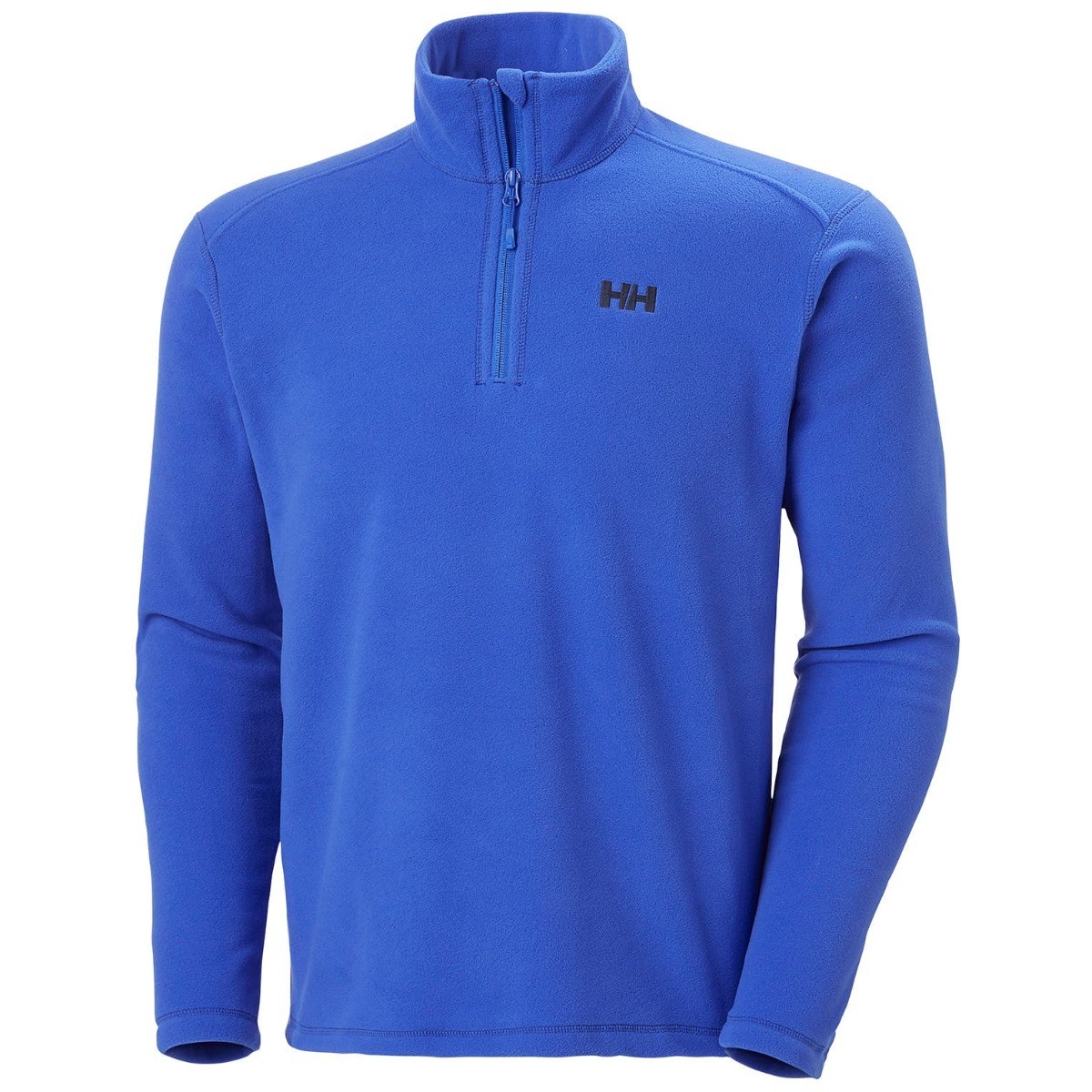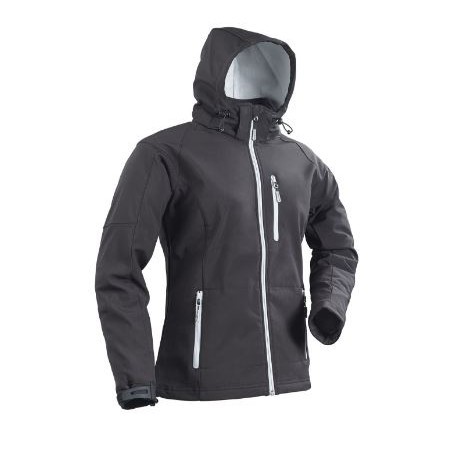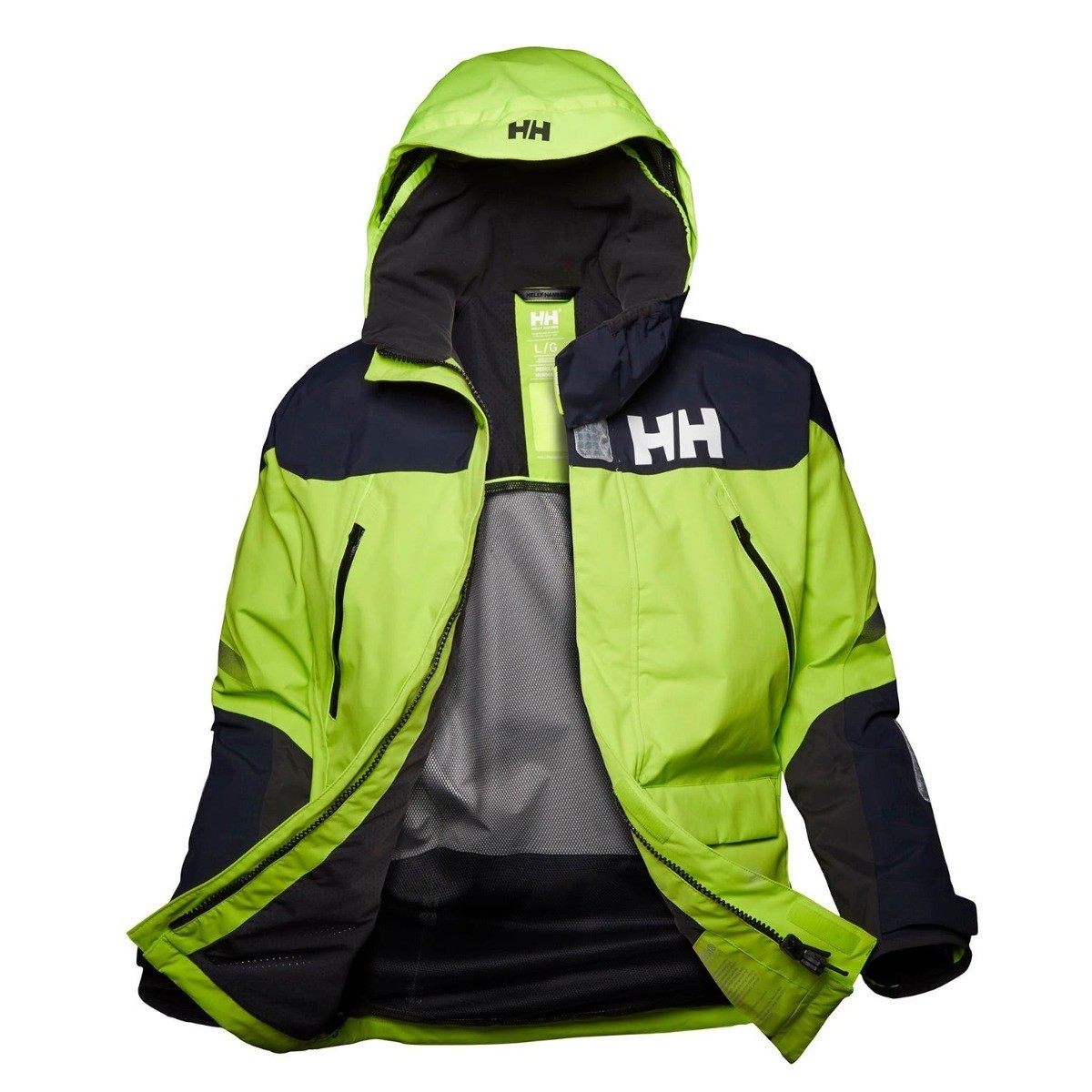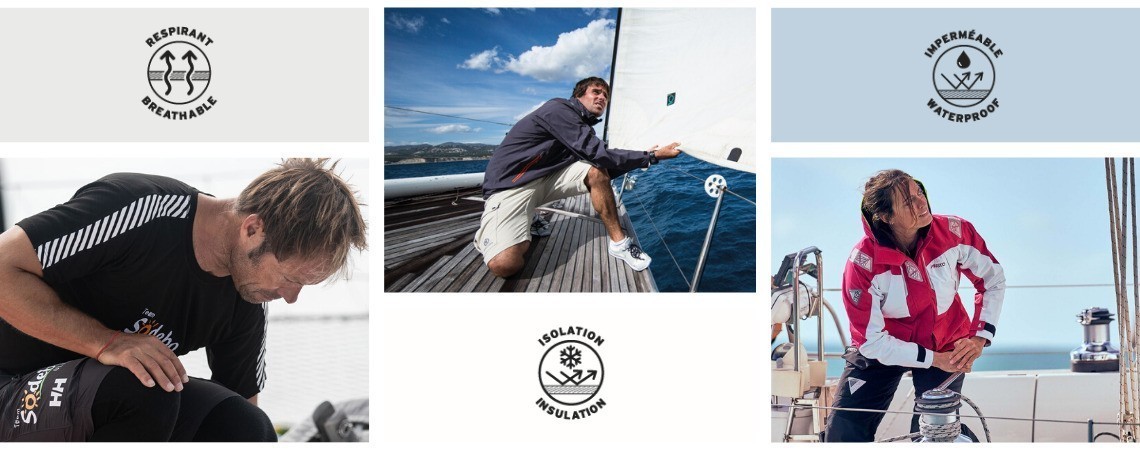Boat equipment : How to equip yourself for sailing
How do you equip yourself for sailing?
Bad weather conditions at sea can quickly turn into an additional challenge. To ensure that your next outing at sea is a pleasure, certain equipment is essential. A watch jacket, fleece or softshell jacket, and technical underwear will help your sailing go smoothly. The question is what to wear and how to combine your personal equipment according to the weather conditions and your sailing program.
Going to sea with the right equipment will not only ensure your comfort during your navigation, but also provide you with additional safety and protection against the elements. Marine equipment should be able to keep you warm and dry throughout your trip. This equipment should be adapted according to the length of your trip, its nature (coastal, semi-offshore or offshore) and the weather conditions you will be facing.
Your clothing should be able to :
- Evacuate humidity caused by perspiration
- Keep you warm with good thermal protection
- Protect you from the outside elements by creating a barrier against rain, wind and spray
For this, a 3-layer system has been designed for all outdoor sports activities. This 3-layer system is as valid for sailing at sea as for hiking in the mountains. It aims to adapt to the weather conditions you may face, as well as your effort.
Each layer will have to fulfill a specific function. This can be added or removed depending on your effort and the external conditions. Be careful, it is important to choose a third waterproof layer in case of prolonged rain, a water-repellent treatment will only last a few minutes. If you don't know which watch jacket to choose, you can refer to
} or ask for our customer service advice. The extremities will be the first limbs exposed to cold and water. Once your hands, feet or head are cold or wet, your whole body will gradually get colder. It is therefore important to know how to protect them. For this, three accessories are essential: gloves, boots and a hat or cap. The gloves will allow you to continue all the manual activity on your boat without exposing yourself to water and cold. Neoprene gloves are ideal and will protect you effectively. For warmer weather, you can opt for mittens or long finger gloves that will protect you from rubbing against the ropes. Gill has done a lot of research to create high performance gloves like the , which will accompany you throughout the winter, whether you're on a light sailor or a sailor. A cap, in fleece if possible, will keep your head warm. Indeed, the head can be a huge vector of heat loss, losing up to 50% of your body heat. The ideal is to overlay it with a waterproof hood in order to be warm and dry. Finally, you must equip your feet. Summer and winter, the deck is often wet, so you will have to choose
. Next, boots with thermal protection and waterproofing will be essential in bad weather. A pair of
} can also be very useful at sea to protect your feet from spray and showers. It is obvious that you will not only sail in bad weather. You will have to adapt our recommendations according to the weather conditions. For example, if the weather is hot, you can be satisfied with wearing a first layer with UV protection in order to maintain a good temperature and to evacuate perspiration. Similarly, if the weather is warm but rainy, a waterproof layer without thermal protection is perfectly feasible. Softshell jackets are very interesting garments that will play the role of a second and third layer on cloudy days only. They will not be effective against prolonged rains but will be very useful against wind, cold and light rains. Find a guide to choosing your Softshell on our site" template="widget/link/link_inline.phtml" page_id="50"}}. After choosing your equipment, you will have to take care of it if you don't want to see its lifespan and its efficiency decrease too quickly. To do this,
. Feel free to consult it to learn more about the maintenance of your stuff. Have a nice surfing ! For any question or additional information, we are at your disposal at 04.78.41.79.31. The Nautisports. com team The 3-layer system
Do not neglect the extremities
In summer, a cap will be an essential asset to keep a good vision and avoid sunstroke.Adapting your equipment to the weather
Maintaining your equipment





